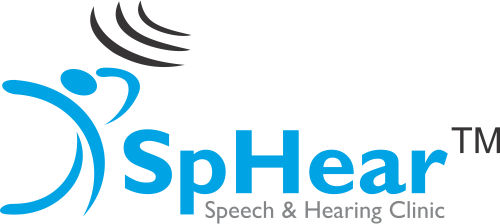- +91-11-4608 5246
- [email protected]
- Mon - Sat : 10:00 AM - 06:00 PM
Electronystagmography
Electronystagmography Testing
Electronystagmography (ENG) is a diagnostic test that records the eye involuntary movement caused by a condition known as Nystagmus , acquired in infancy or later in life that results in limited vision.
The condition affects the two cranial nerve responsible for brain functioning. The two nerves are the oculomotor nerve and the acoustic nerve. The oculomotor nerve connects the brain with eye muscles. The acoustic nerve connects the brain the cochlea. The acoustic nerve is responsible for controlling hearing and balance.
Need for ENG
The test helps in determining the disorders in the part of the cochlea (inner ear) that are dependable for position sense, orientation, and balance that are connected with brain, ears, and eyes.
If you are suffering from following symptoms, your doctor might recommend you ENG test:
- Unexplained loss in hearing
- Experience dizziness
- Problem of balance and vertigo
- Usher syndrome
- Acoustic neuroma
- Labyrinthitis
- Meniere’s disease
- Suspected lesion in the inner ear
Different types of ENG Test
There are different types of ENG test available. Your doctor may administer one or several tests. The standard test generally comprise of three spectrums:
- Caloric ENG Test
It is a test where the electrodes are placed above, below and on each side of the eye. Another electrode is attached on forehead. The patient head is reclined and warm or cold air is introduced into the ear canal from one side. Traditionally, doctors can use air instead of water as a stimulant. The electrodes will record the eye movement as the inner ear and the nearby nerve react to the change in temperature.
- Oculomotor test
The doctor will hold your head allowing eyes to follow the light as the quickly moves across and beyond your eye vision and then back again. For Oculomotor test, your doctor will track your eye movement while following a target.
- Positional test
In this test, your doctor will ask you to turn your head quickly to on one side or lie down. Then stand up quickly to measure eye respond to movement.
Preparing yourself for the test
Inform your doctor for any prescribed medication, herbal supplements, or over the counter medication you are taking. Your doctor will advise you to fast several hours before performing the test and avoid alcohol consumption, caffeine or smoking 24 to 48 hours prior to the test.
Once the test is performed, your doctor will guide you to remove electrode patches and resume taking prescribed medication you have stopped taking in preparation before the procedure.
